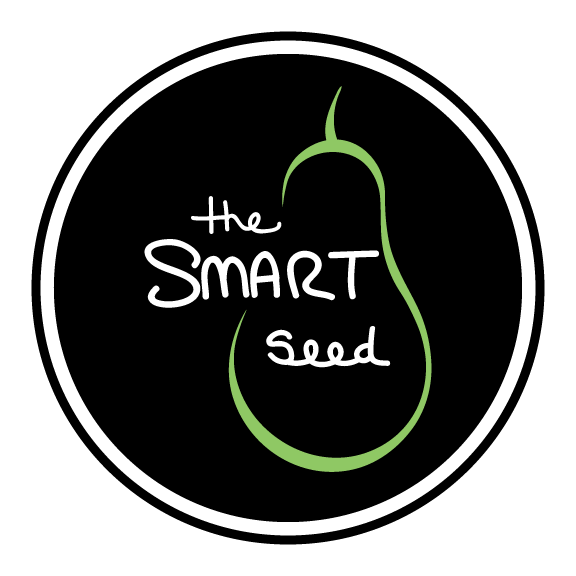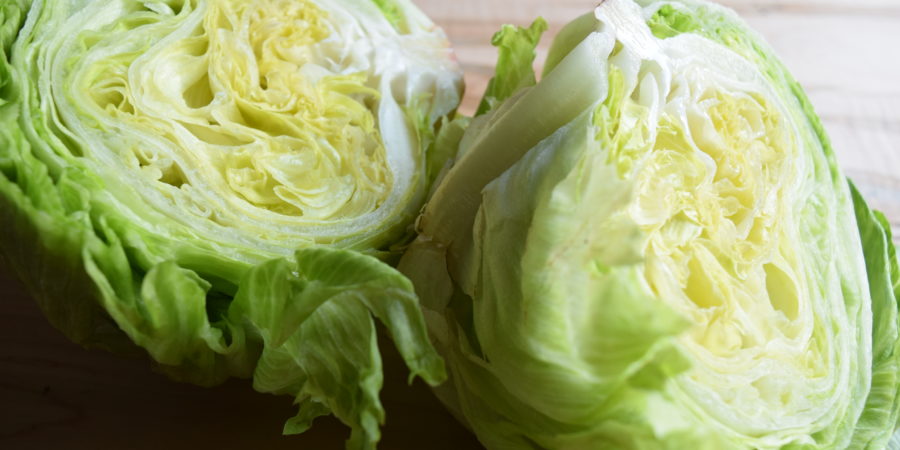Podcast: Play in new window | Download (Duration: 11:01 — 10.8MB) | Embed
Subscribe: Apple Podcasts | Android | Email | Stitcher | RSS | More
“I appreciate camping, but that doesn’t mean I like it.” A couple of weeks ago, as we struck down our tent in Fjord-du-Saguenay National Park just off of the St. Lawrence river in Quebec those words could not possibly hold more truth for me. To be fully enveloped in nature, to feel the wind rush through your tent, the glowing embers of a fire warm your hands, to see a lone falcon jetting along the skyline, or hear the sound of a pod of beluga whales bouncing off the hills are appreciable things. You can sit in nature and feel your smallness and insignificance and in some ways be comforted in that feeling. But, (and that is meant to be a big, bold but) living in nature also forces a return. A return to what we used to be, and inclement weather just compounds the situation. It is hard to keep clean while camping. The line between the clean you and the dirty you is thin. You try your best, but somehow you get sand in your sleeping bag; you have a shower, but there is a dampness to your clothes so it feels like you are putting dirty clothes on a clean body. You wake up in the morning and your hair smells like smoke and your neck is sweaty. It doesn’t matter how much organizing you do, you quickly become one with nature, and it doesn’t smell as sweet. You are reminded that without proper shelter you are becoming more animal than civilized human, and rain certainly does not help your lot.
We were stuck in our tent as the rain poured overhead. We had read our books, had our naps, and were becoming restless as the rain continued to fall. At one point there was reprieve. I quickly dressed in order to start dinner only to have the rain fall once more just as i was about to zip open the tent. “Damnit.” I have patience until I don’t, and it is amazing how quickly patience disappears once you start feeling hungry. Enough was enough. I wanted to be dry and cozy. I wanted to be full and content. Out of the tent and in the car we went. As we drove down an unknown highway, past the most beautiful flowing rivers and misty hills I had an image in my head. It was of the restaurants found in my hometown. These restaurants weren’t fancy, for sure. There were dim lit rooms, brunch buffets, club sandwiches, and thick and clumsy coffee cups. For some odd reason, in that moment, that’s what I needed. Twenty minutes down the road, the first restaurant we saw was exactly what I was looking for. It was absolutely wonderful in its guadiness with chipped yellow and red siding and flower boxes lining the porch. We walked into a packed room and sat at the nearest booth. As I opened a ridiculously long menu my eyes panned the room. It seemed like everyone in the small town decided to come here for dinner, and (i know this is a random tidbit of a detail, but I did find it odd) literally every single person was drinking a pepsi. Like, everyone. Pepsi. Diet Pepsi, and that’s it. My partner chose the club sandwich and I chose the salmon, which to be honest, if you are going to walk into one of these restaurants you never choose the salmon. The soup of the day, for sure, some fries, of course, but salmon, never. I will blame my uppity palette for the poor choice. After a brief confusing exchange with the waitress, where I had to remember the french word for hot, “Chaud. Yes. Tea. Chaud, Not Ice Tea,” out came our dinners. My oval plate consisted of a massive piece of salmon (a bit too dry and with little bones still in it) on a bed of iceberg lettuce with a side of salad, with, you betcha, iceberg lettuce. I looked at Troy and said, “Yup, this is exactly what I wanted.” Which brings us to this week’s episode, “The Ironic Nostalgia for Iceberg Lettuce.”
Most of the time, for me, in order to enjoy what I’m eating food needs to have flavour. And when I talk about flavour I’m not just asking you to pass the salt. However, for others (and I include myself in this bunch from time to time) the enjoyment of food goes much deeper. Eating is a visceral experience. The smells, tastes, and textures can bring back memories that comfort you and remind you of a place in which you belong. I have a particular recipe that from time to time does the trick for me. Rode Kool is a Dutch recipe of cooked red cabbage with apples and raisins. A dish that when I eat it, though not particularly good, brings me back to my Oma’s house and the joy and warmth that I found there as a child. Our relationship with food can be nostalgic, and perhaps more than calories, health, and cost, nostalgia is maybe the biggest deciding factor in determining what we eat. We do not choose what we are nostalgic about, and Iceberg lettuce with it’s non-existent flavour seems to not warrant any affection, and, yet, for many of us Iceberg lettuce, an achievement and product of industrialized agriculture, plays such a role.
Being “good enough” doesn’t seem like a rousing endorsement. Even at the beginning, 100 years ago, folks weren’t fooled by Iceberg Lettuce, but it had it’s purpose and they were willing to forgo the quality issues for something rather than nothing. Before Iceberg Lettuce the lettuce you ate was local. Most people enjoyed a leaf or butter lettuce from their own backyard or a nearby farmer, and in most areas in North America it was a seasonal crop. The technology just wasn’t there. With a peach or tomato you could pick it and then let it ripen on its journey. On the other hand, with lettuce it was ready the moment you picked it. Once it got to its destination it would be a wilted, decaying mess. The introduction of iceberg lettuce changed all that. Well sort of.
At the beginning of the 20th century, California farmers were looking to play a bigger role in the fresh fruit and vegetable market. There was just one, big glaring problem. Most of their consumers were a few thousand miles away on the east coast. Concerning lettuce, there was no way that California farmers could ship the most popular lettuce of the day, “Big Boston” to homes in New York City. The “Big Boston” was a large, globular lettuce, with a light green colour that had tinges of brown on the outer leaves. The leaves were tender and brittle, which made it great for salads, but horrible for shipping. No, they had to find a lettuce variety that could endure the trip, and that variety was of the crisphead family–Iceberg. At the time, they knew iceberg lettuce didn’t taste as good as the other popular varieties, and later we would find out that it really wasn’t as nutritious as the other, darker green, lettuces, but it had a compact head and was hearty when exposed to cold temperatures. In other words, the best candidate to be boxed up with a bunch of ice and shipped across the continent. Certainly there was still going to be wastage, and often times once it arrived the iceberg lettuce didn’t look that good, but it made it and that was better than nothing. In 1917, 2,078 carloads of iceberg lettuce was shipped across the United States. In 1925, that number jumped to 29,620 carloads, dwarfing its number one competitor, the “Big Boston.” Iceberg lettuce was making it’s mark. Farmers in California were enjoying their profits, while people across the country could have lettuce for the first time throughout the year.
To this day, Iceberg remains our most consumed lettuce. However, in the past twenty years its dominance has dwindled. In 1992, more than 80% of lettuce produced in California was iceberg. In 2011, that decreased to 57%. With technological advances in refrigeration, iceberg lettuce is no longer the only variety that can be shipped and exported. And, since, the only reason it became so popular in the first place was because it was the only one available, for the most part, it makes perfect sense that once it’s monopoly in transportation was over that the more superior lettuces, in terms of nutrition and taste, would make inroads.
For many of those in the food world, it is hard not to place a little bit of negativity towards iceberg lettuce. It doesn’t have that many good qualities (except for its crispness, oh my goodness, so many articles about its crispness. I get it! It’s crispy). Anyhoo, I digress, it doesn’t have that many good qualities, and is significantly emblematic of industrialized agriculture. However, for some reason, it still takes hold of us. Whether it be at a diner in rural Quebec or at a hoity toity restaurant in Toronto, where a chef has reimagined the iceberg. The lettuce invokes our past. Because of its century of dominance, because, for many, it was the only lettuce ever in the house and you had it three or four times a week it brings us back to when we were younger, and our memories flood back and that feeling is nice.
>

